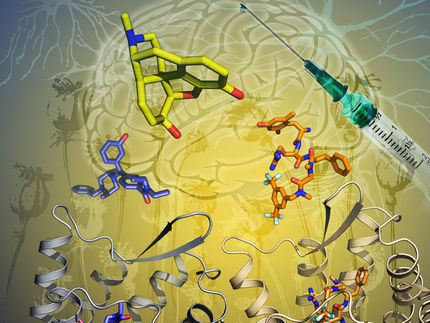Scientists reveal non-addictive pathway to pain relief
Advertisement
OHSU research suggests an avenue for developing treatments for chronic pain that harness the medicinal properties of cannabis while minimizing the threat of addiction.
The study , conducted in a rodent model, provides additional rationale for the development of therapeutics using cannabinoid receptors to treat chronic pain, which afflicts about 30 percent of the U.S. population. OHSU investigators studied the function of two forms of cell membrane receptors that bind cannabinoids that occur naturally within the body, called endocannabinoids.
"It may be an avenue where we can get better pain medications that are not addictive," said senior author Susan Ingram, Ph.D., an associate professor of neurosurgery in the OHSU School of Medicine.
Ingram and colleagues report the treatment of chronic pain has challenged the medical system, with medications that are ineffective or create serious side effects: "However, emerging data indicate that drugs that target the endocannabinoid system might produce analgesia with fewer side effects compared with opioids."
The body's endocannabinoid system comprises receptors, endocannabinoid molecules and enzymes that make and degrade the endocannabinoids located in the brain and throughout the central and peripheral nervous system. The research team focused on two cannabinoid receptors, known as CB1 and CB2, in the rostral ventromedial medulla - a group of neurons located in the brainstem known to modulate pain. The study is the first to examine CB1 and CB2 receptor function at the membrane level in late adolescent and adult neurons.
The researchers observed that chronic inflammatory pain increased activity of CB2 receptors and decreased CB1 activity. Cannabis activates both CB1 and CB2 receptors equally. The study suggests that selective activation of CB2 receptors contributes to the medicinal benefit of cannabis while minimizing the propensity of the other cannabinoid receptor, CB1, to induce tolerance and withdrawal. Ingram said the next phase of the research will further explore this area of brain circuitry, which ultimately could lead to the development of a new class of pain medications.



























































